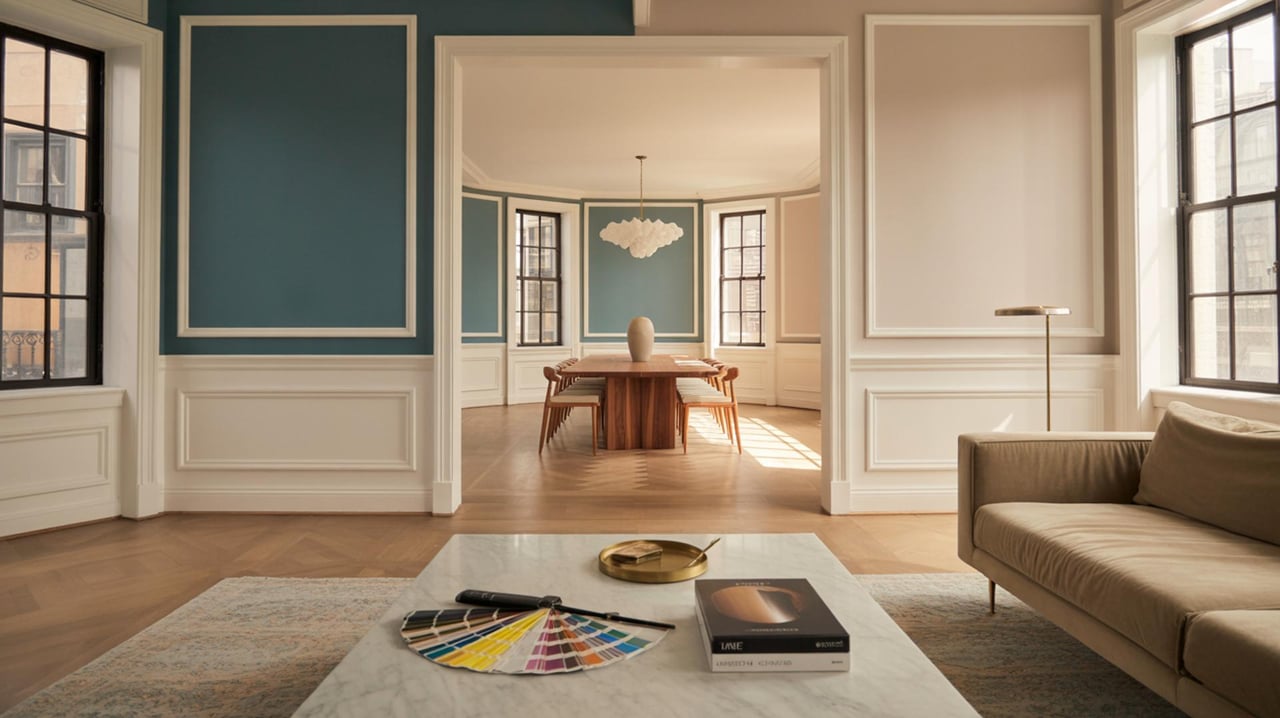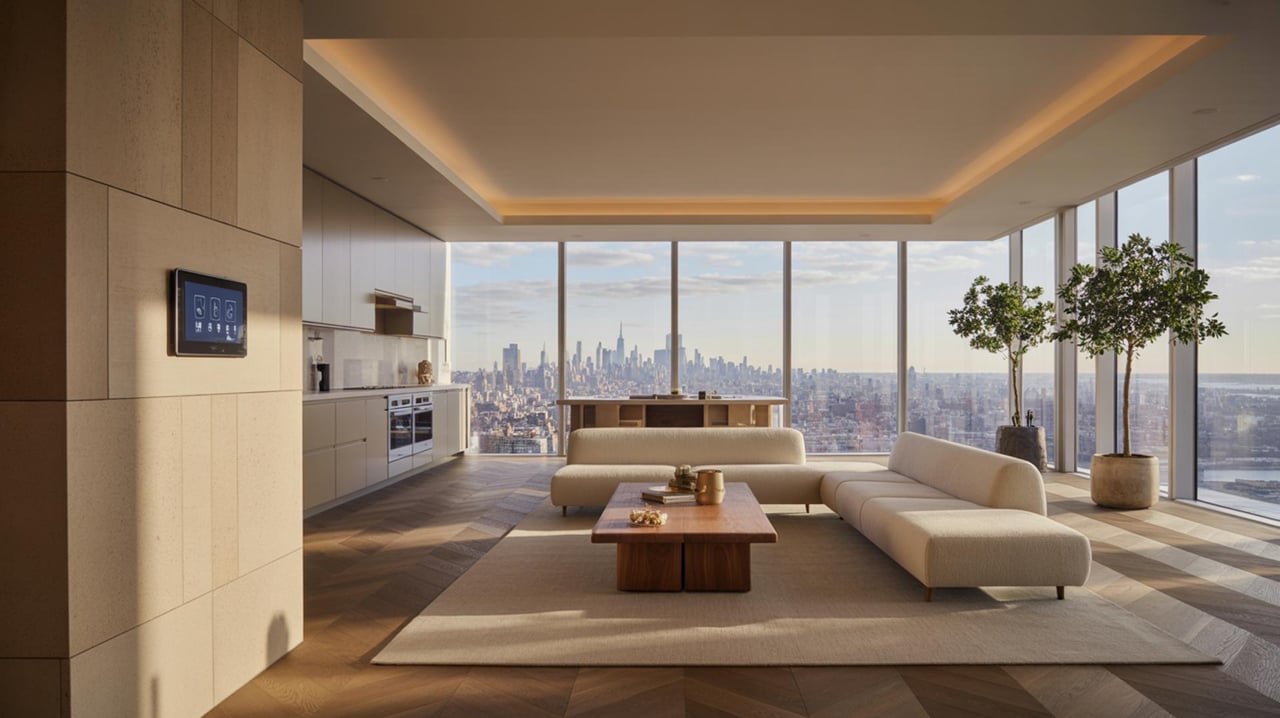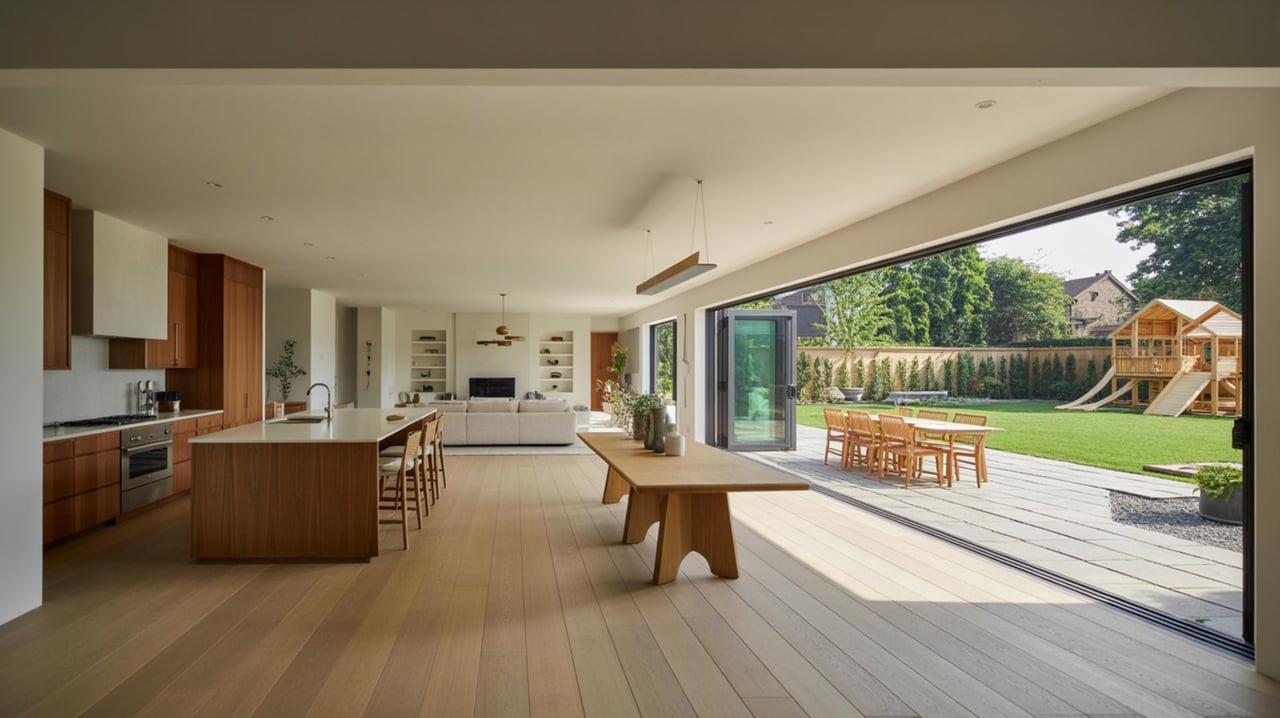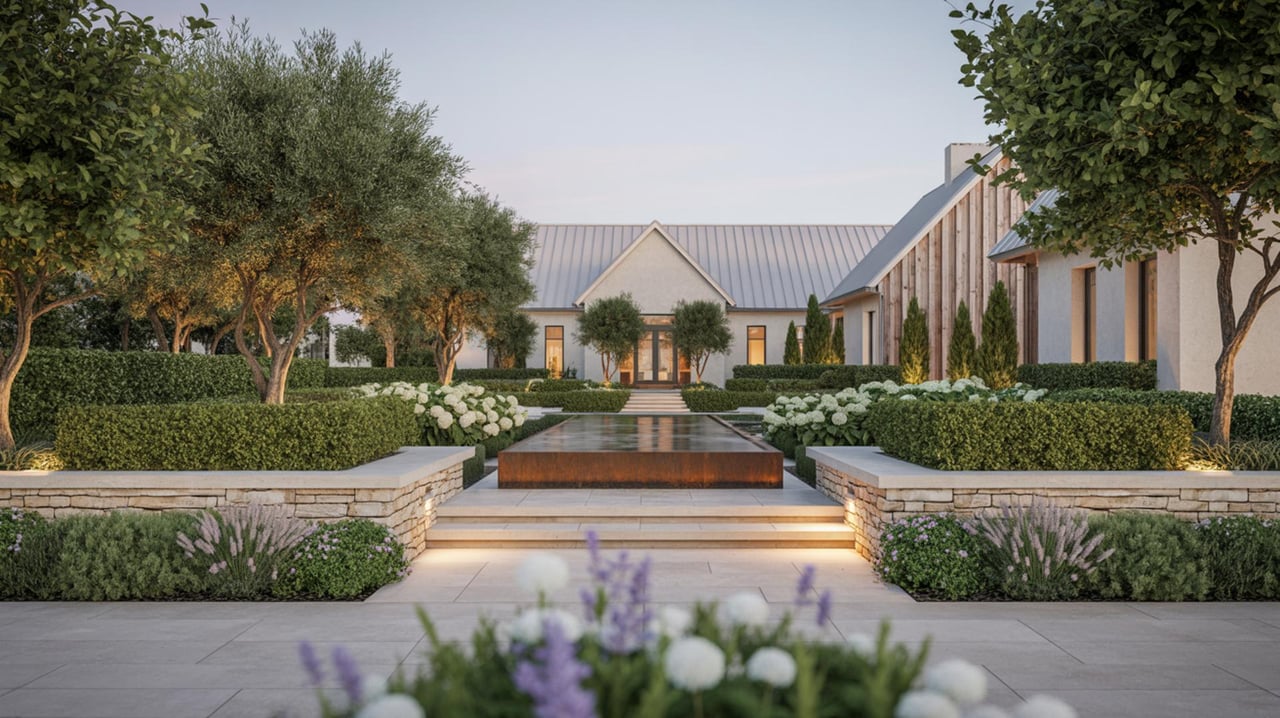Choosing the right paint color for each room in your home can transform your living space and reflect your personal style. The right hues can create an inviting atmosphere, enhance the architectural features of your home, and even influence your mood. Whether you're looking to refresh a single room or undertake a complete home makeover, understanding the nuances of color selection is key. From considering the natural light in a room to understanding how colors interact, mastering paint choices can elevate your home’s aesthetic appeal.
Understanding Color Psychology
Color psychology plays a significant role in how we perceive and interact with our surroundings. Different colors can evoke various emotions and set the tone for a room. For instance, blues and greens are often associated with calmness and tranquility, making them ideal for bedrooms and bathrooms. On the other hand, warm colors like reds and oranges can energize a space, making them suitable for social areas like living rooms and kitchens. Understanding the psychological impact of colors can guide you in selecting shades that align with the purpose and mood of each room in your home.
Considering Natural Light
The amount and quality of natural light a room receives can significantly affect how paint colors appear. Rooms with ample natural light can handle darker, bolder colors without feeling oppressive, while rooms with limited light might benefit from lighter, more reflective shades to create a sense of openness. It's important to observe how light changes throughout the day in each room, as this can alter the appearance of the paint color. Testing paint samples on different walls and at different times of day can help you choose a color that remains consistent and appealing under varying lighting conditions.
Coordinating with Existing Decor
When selecting paint colors, it's crucial to consider the existing decor and furnishings in each room. The color of your walls should complement your furniture, artwork, and accessories to create a cohesive look. Neutral tones like grays, beiges, and whites offer versatility and can easily blend with various styles and color schemes. Alternatively, if you have a statement piece or a favorite color in your decor, you might choose a complementary or analogous color for the walls to enhance the overall design. Creating a mood board with fabric swatches, paint chips, and photos of your decor can be a helpful tool in visualizing how different elements will work together.
Choosing the Right Finish
The finish of your paint can affect both the appearance and functionality of a room. Flat or matte finishes are ideal for low-traffic areas like bedrooms or ceilings, as they provide a smooth, non-reflective surface that hides imperfections. Satin and eggshell finishes offer a slight sheen and are more durable, making them suitable for living rooms and dining areas. For high-traffic areas such as kitchens and bathrooms, semi-gloss or gloss finishes are recommended due to their moisture resistance and ease of cleaning. Understanding the benefits of each finish can help you select the best option for your specific needs.
Creating a Focal Point
Using paint to create a focal point in a room can add visual interest and draw attention to specific features. An accent wall painted in a bold or contrasting color can highlight architectural details, such as a fireplace or a built-in bookshelf. Alternatively, you can use paint to frame a piece of artwork or a decorative mirror, making it the centerpiece of the room. When creating a focal point, it's important to choose a color that complements the rest of the room while still standing out enough to capture attention.
Experimenting with Color Combinations
Experimenting with different color combinations can add depth and personality to your home. Monochromatic schemes, which use varying shades of a single color, can create a harmonious and sophisticated look. Complementary color schemes, which pair colors opposite each other on the color wheel, can add vibrancy and energy to a space. Analogous color schemes, which use colors next to each other on the color wheel, offer a more subtle and cohesive appearance. Exploring different combinations can help you discover unique and exciting ways to use color in your home.
Using Paint to Define Spaces
In open-concept homes, paint can be a powerful tool for defining different areas without the need for physical barriers. By using different colors or shades for adjacent spaces, you can create distinct zones for dining, relaxing, or working. This approach not only adds visual interest but also helps organize the space functionally. When defining spaces with paint, it's important to choose colors that complement each other and maintain a sense of flow throughout the home.
Incorporating Trends Mindfully
While it's tempting to incorporate the latest color trends into your home, it's important to do so mindfully. Trends can quickly become outdated, so it's wise to use trendy colors in small doses or in areas that are easy to update, such as accent walls or decorative accessories. For larger, more permanent surfaces, consider timeless colors that will remain stylish for years to come. This approach allows you to enjoy current trends without committing to a complete overhaul when tastes change.
Testing Paint Samples
Before committing to a paint color, testing samples is a crucial step in the decision-making process. Paint small sections of the wall in the colors you're considering and observe how they look at different times of day and under various lighting conditions. This will give you a better sense of how the color will appear once the entire room is painted. Testing samples also allows you to experiment with different shades and finishes to find the perfect combination for your space.
Seeking Professional Advice
If you're feeling overwhelmed by the myriad of paint choices available, seeking professional advice can be invaluable. Interior designers and color consultants have the expertise to guide you in selecting colors that suit your style and enhance your home's architecture. They can provide insights into the latest trends, recommend high-quality paint brands, and offer creative solutions for challenging spaces. Engaging a professional can save you time and ensure that your paint choices result in a beautiful and cohesive home.
Transform Your Home with the Perfect Colors
Choosing the right paint colors can truly transform your home, making each room feel just right. With these expert tips, you're now ready to create spaces that reflect your style and enhance your living experience. Remember, the right color can make all the difference in setting the mood and functionality of a room. If you're looking for more personalized advice or need help with your home projects, don't hesitate to reach out to Fifth X Bond for expert guidance.



